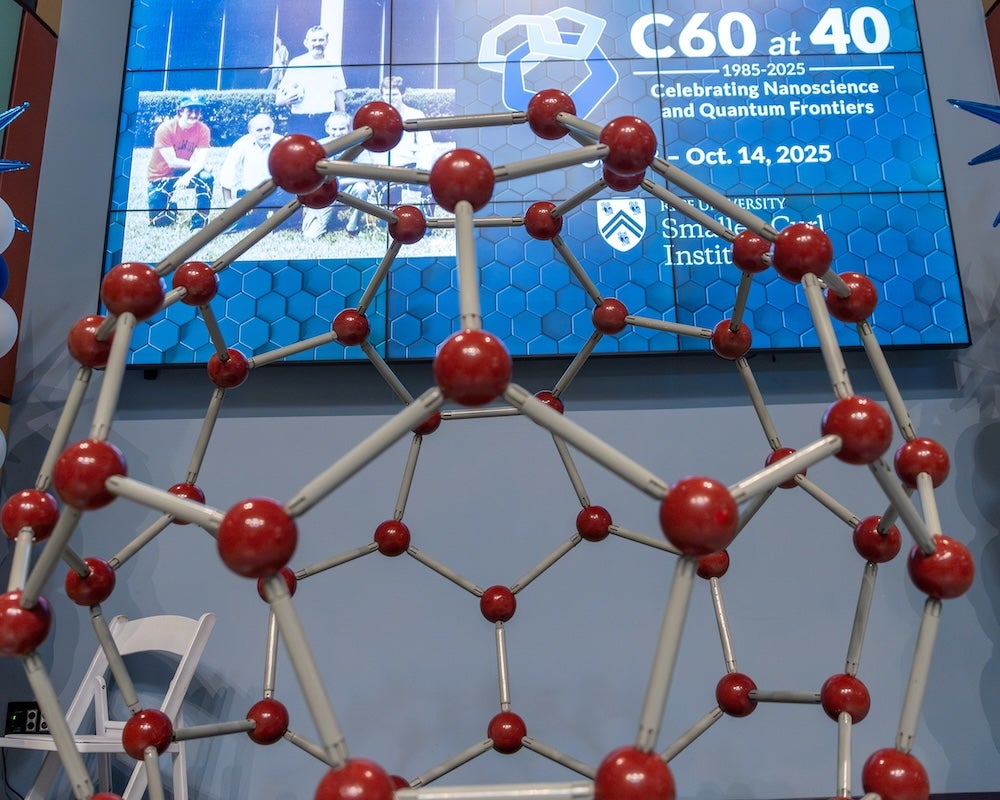Rice University celebrated the 40th anniversary of the groundbreaking discovery of carbon-60 (C60), also known as buckminsterfullerene or the “buckyball.” The event, held Oct. 13-14, honored the late Rice professors Robert Curl and Richard Smalley as well as the late Sussex University professor Sir Harold Kroto. Their discovery of C60 in 1985 earned them the Nobel Prize in chemistry in 1996.
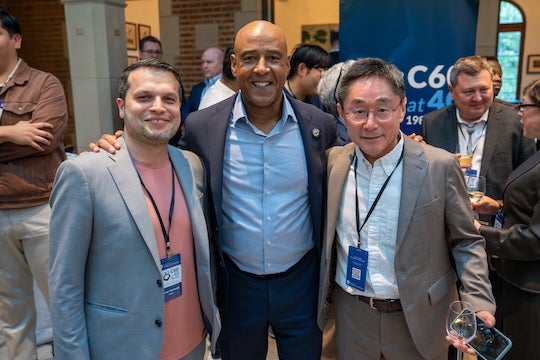
More than 275 guests attended the event, including Sean O’Brien and Jim Heath, former Rice graduate students who contributed to the discovery of C60. The two-day celebration featured scientific panels and a private dinner reception with speakers Keith Scott, the United Kingdom’s consul general to Houston; Jakob Carnemark, CEO of Endeavour; and Rice President Reginald DesRoches.
“The story of C60 is, in many ways, the story of how discovery happens — through persistence, creativity and the belief that pursuing knowledge for its own sake can lead to breakthroughs that improve lives and shape society,” DesRoches told attendees. “It’s this belief that continues to define Rice’s research culture today. From nanoscience to quantum materials, we are driven by the same conviction: that fundamental research is the foundation of progress and societal well-being.”
Celebrating milestones and science policy
The first day of panel sessions began with remarks from Thomas Killian, dean of the Wiess School of Natural Sciences, which is also celebrating its 50th anniversary this year. Killian emphasized the importance of anniversaries as opportunities to reflect on past achievements while looking forward to future breakthroughs.
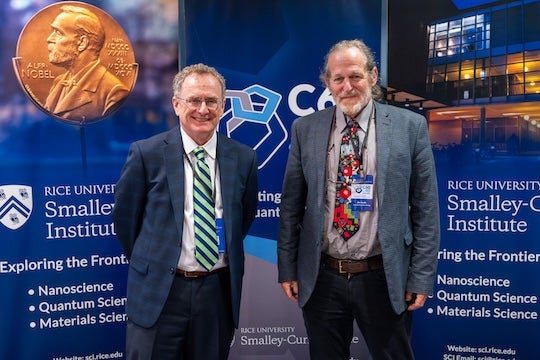
“Throughout this golden anniversary year, we’ve been celebrating the milestone achievements in natural sciences that have shaped scientific exploration not only at Rice but around the world. And of course, C60 looms large in that history,” Killian said.
Special guest speakers included Sumio Iijima, a physicist at Meijo University and senior research fellow at NEC Corporation, and Chad Mirkin, a chemistry professor at Northwestern University.
The program included discussions on science policy and the role of institutions like Rice in fostering discovery. It also included a panel of nanotechnology businesses that originated at Rice.
Advancing nanoparticles, photonics and quantum physics
On the second day, the speaker sessions focused on topics such as advancements in nanoparticles and photonics, led by Matteo Pasquali, director of Carbon Hub.
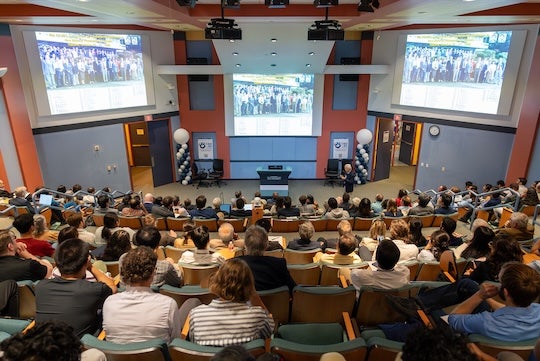
There were also discussions on quantum physics. Kaden Hazzard and other speakers highlighted how C60 laid the foundation for atomic-scale research.
Emilia Morosan, director of the Rice Center for Quantum Materials, hosted presentations explaining how today’s discoveries in materials science echo the pioneering spirit of the groundbreaking work done in 1985.
Carrying forward the Smalley and Curl legacy
The legacies of Smalley and Curl continue through the eponymous Smalley-Curl Institute at Rice, which is headed by Junichiro Kono.
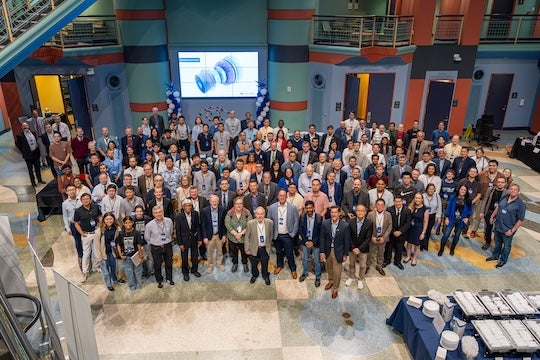
“We are witnessing an extraordinary convergence of fields, from quantum materials and photonics to nanotechnology and data science,” Kono said during a presentation. “At Rice, we are uniquely positioned to lead this transformation. The Smalley-Curl Institute continues to stand at the forefront of nanoscience and quantum engineering.”
He encouraged students and researchers who want to shape the next generation of technologies, including resilient quantum devices and sustainable materials.
“Rice is the place to be,” Kono said. “The same spirit of curiosity, collaboration and bold thinking that once inspired the discovery of C60 is still alive here today, and honestly, I have never been more excited about what’s ahead.”

